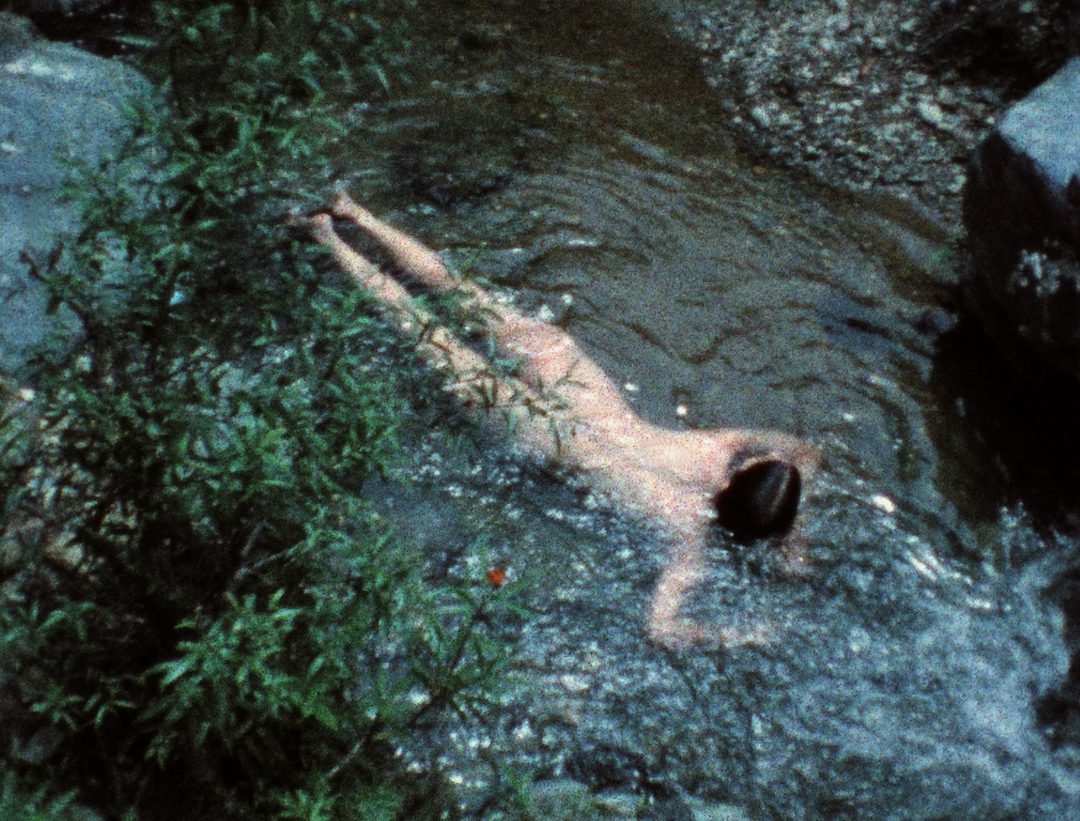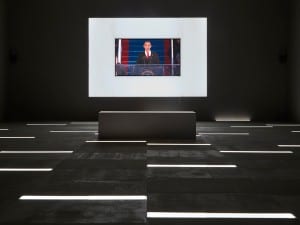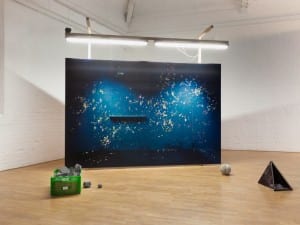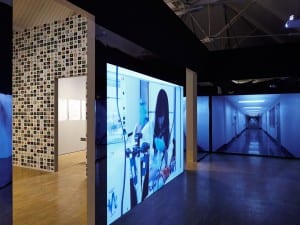Modern Art Oxford’s summer 2025 exhibition, Movements for Staying Alive, invites visitors to explore the power of movement as a way of connecting, learning and living. Far from the traditional museum experience, where artworks are untouchable and viewers remain at a distance, this show reimagines the gallery as a space for physical interaction. It is alive with touch. Sculptures can be held, worn and rearranged. Light and sound move across the walls, creating an environment that responds to the presence of bodies. Here, you aren’t just an observer, but part of the artwork itself – an active participant.
Rather than framing movement solely as dance or gesture, the show opens a broader dialogue: motion as resistance, connection, pedagogy and joy. At a time when stillness is often enforced – by digital passivity, political gridlock, or collective fatigue – this exhibition proposes motion as a way to endure and flourish and foster a sense of community. The body becomes a site of learning, disruption and solidarity. In this context, movement is not decorative or supplemental. It is radical. It is how we persist.
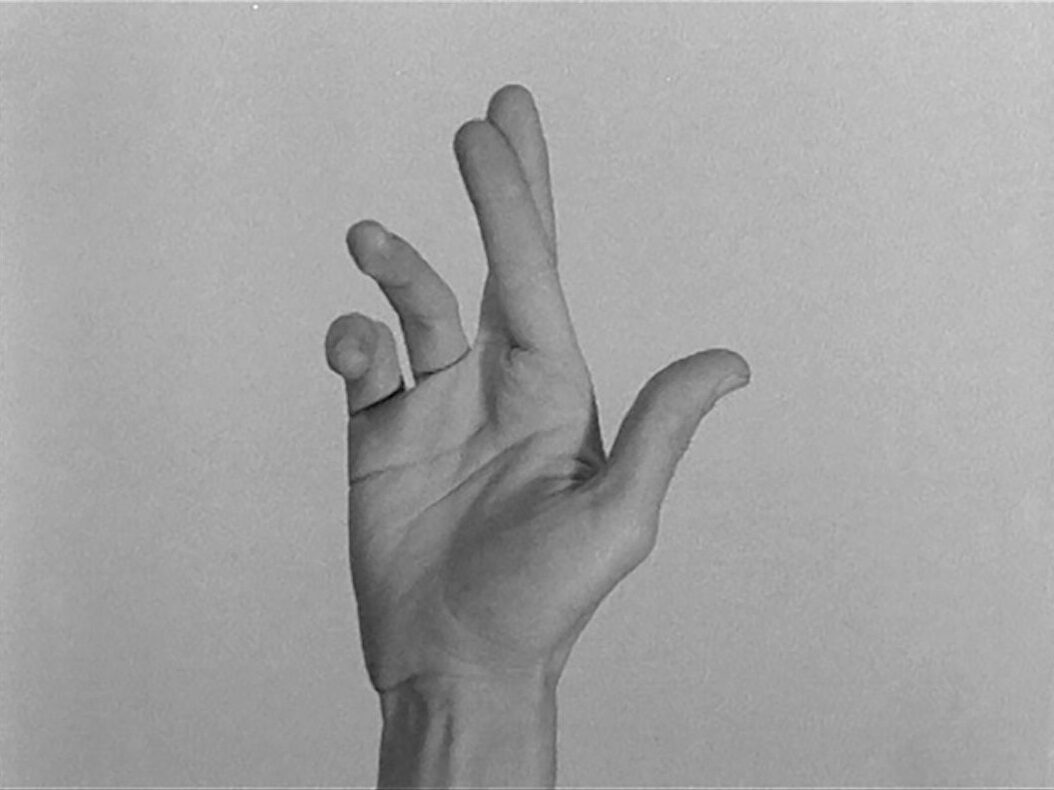
Over the past decade, Modern Art Oxford has carved out a curatorial identity rooted in experience and critical engagement. From the speculative landscapes of Samson Kambalu’s New Liberia, to Carey Young’s feminist futurism in Appearance, and more recently, the materially attentive work in Boundary Encounters, the institution’s programming has consistently prioritised accessibility and social resonance. What emerges is a deliberate shift: away from insularity and toward a more participatory, communal ethos.
Movements for Staying Alive represents a confident, playful culmination of this vision. Three ambitious, site-specific commissions bring together interactivity with conceptual precision. In the Ground Floor Gallery, Estampa’s digital installation draws from the institution’s 60-year archive using AI-generated visualisations. But instead of veering into dystopian spectacle, the piece foregrounds how archives might be activated through the body. Visitors navigate data not by scrolling, but by moving – connecting past and present through physical presence. It recalls the work of Trevor Paglen or Refik Anadol, artists who use data to question how technology mediates human memory and agency.
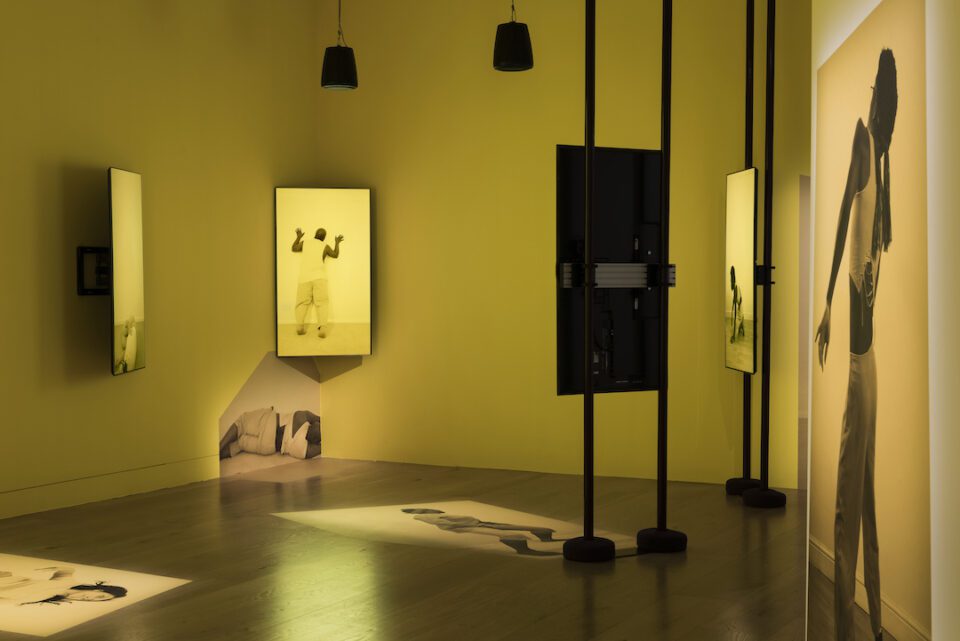
Upstairs, Jane Castree transforms the gallery. Low-slung frames, angular platforms and curved forms invite visitors to reposition themselves – crawling, climbing, observing from unexpected angles. The result is part playground, part philosophical provocation. Castree echoes the spatial enquiries of Lygia Clark and Franz Erhard Walther, artists who saw art as incomplete without bodily activation. Her work reminds us that understanding shifts with perspective – that knowledge is not static, but felt through motion.
Elsewhere, duo Leap Then Look offers a space that feels less like a gallery and more like a sandbox. Informed by workshops with children, their installation balances bright textures, weighted forms and modular elements in a setting where touch, improvisation and exploration are encouraged. It gestures to the legacies of Allan Kaprow and Paul Ramírez Jonas, who framed participation as civic engagement and collective authorship. Here, institutional authority gives way to openness. It’s a space of shared curiosity.
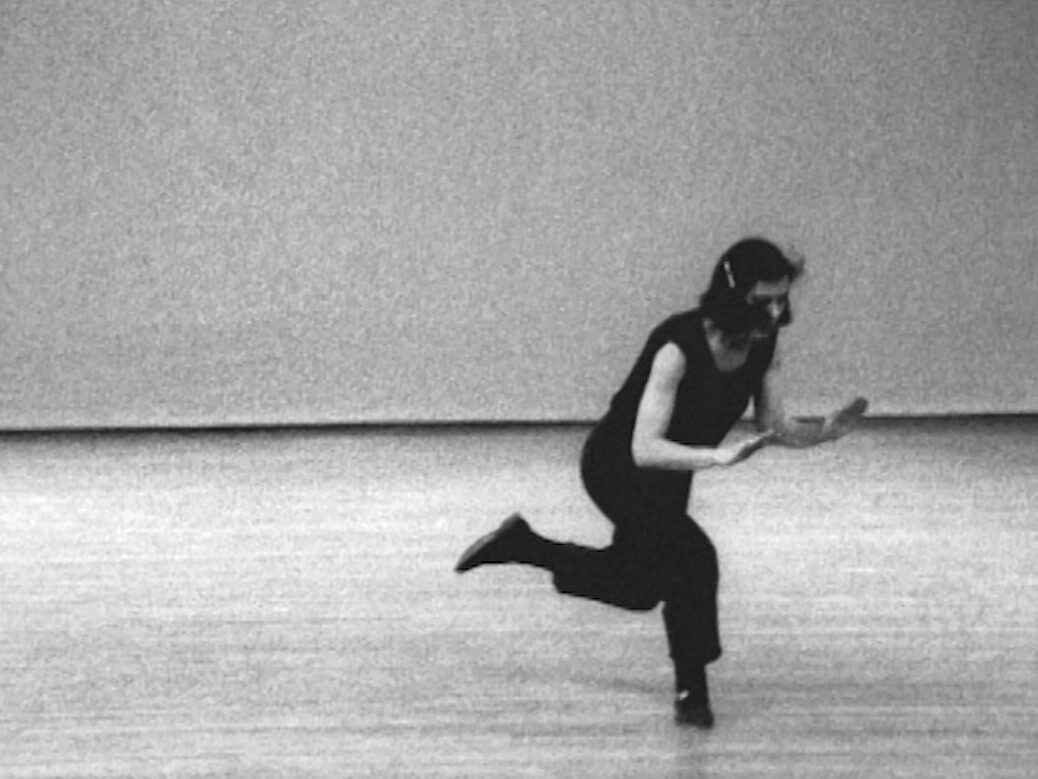
Then there’s Harold Offeh’s Joy Inside Our Tears (2021), which has been restaged for this context. The piece anchors the exhibition emotionally, presenting a moving exploration of Black social dance as a space of both resistance and healing. The video installation resonates with Yvonne Rainer’s choreographic disruptions and VALIE EXPORT’s corporeal provocations. Meanwhile, Ana Mendieta’s earth-body pieces underscore how gestures can carry a political charge. Her legacy feels especially alive here, part of a lineage that insists the body is never neutral – it is historical, emotional, urgent.
Equally vital are the contributions by Baum & Leahy, who slow the tempo and draw us inward. Their immersive work invites a different kind of engagement: cellular, meditative, inward-looking. Where some works encourage exuberant motion, this one leans into the rhythms of breath, stillness and internal sensation. These quieter registers provide a necessary counterpoint of pause, listening and restraint.
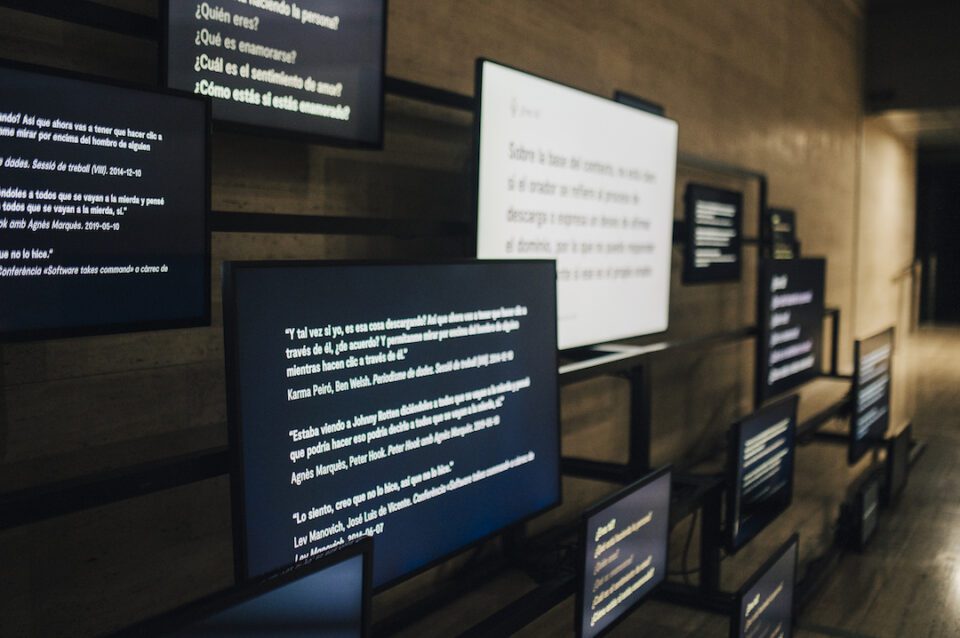
What unites these works is a refusal to separate mind from body, or artwork from viewer. In a time of digital oversaturation and increasing detachment, Movements for Staying Alive insists on presence. It reminds us that we inhabit bodies – bodies that touch, remember, protest and connect. The exhibition isn’t something to be passively consumed. It’s something to enter, respond to, and help shape. In doing so, it redefines the role of the gallery as a site of care, experimentation and possibility.
Modern Art Oxford’s trajectory is clear. Curation here is no longer an act of display, but one of invitation – an opening up of space to bodies, voices and ways of knowing that institutions have too often ignored. Movements for Staying Alive is a vital articulation of this vision, and it throws down a quiet challenge to other institutions. This is not about spectacle. It is about substance and the radical act of fostering connection. In a fragmented cultural moment, this show insists on wholeness through movement, relation and touch. It asks us to move, together. And in that movement, something essential is restored.
Movements for Staying Alive is at Modern Art Oxford until 7 September.
Words: Simon Cartwright
Image Credits:
1. Ana Mendieta, Creek, 1974 © The Estate of Ana Mendieta Collection, LLC/ Licensed by DACS 2025.
2. Yvonne Rainer, Hand Movie, 1966. Image copyright of the artist, courtesy of Video Data Bank, School of the Art Institute of Chicago.
3. Harold Offeh, Joy Inside our Tears, 2021. Image courtesy the artist and the Wellcome Collection.
4. Yvonne Rainer, Trio A, 1966. Image copyright of the artist, courtesy of Video Data Bank, School of the Art Institute of Chicago.
5. Estampa, Question Time, 2024. Photo by Alice Brazzit. Image courtesy the artist.


